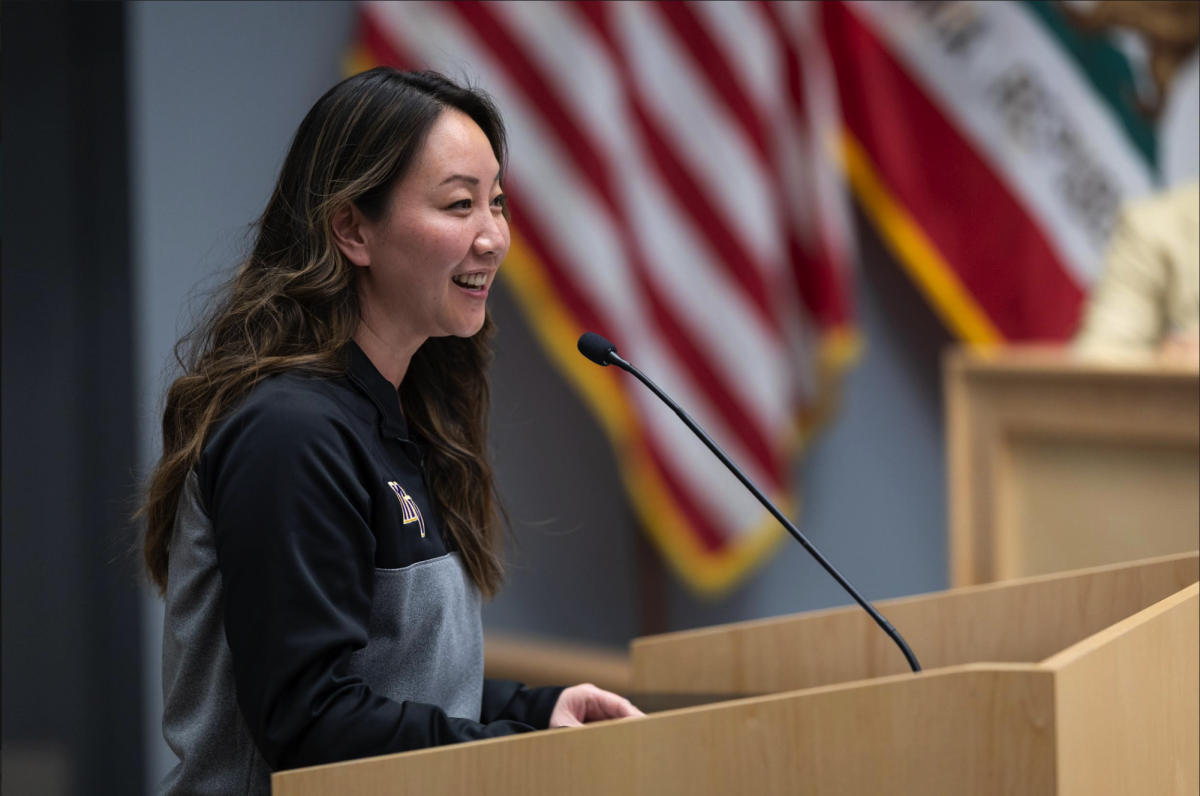Rodents have been spotted in classrooms and buildings across the MVHS campus, with incidents reported as far back as the school’s establishment in 1969. This issue remains prominent today in older facilities such as the A and B buildings, where students’ habits of leaving food and drinks around exacerbates this problem, according to Facilities Manager Lance Quezada.
Quezada says that rather than an infestation, this is a problem evident only among the science classrooms and certain buildings. The facilities team is currently working with MVHS staff to enforce clear rules about food in classrooms and, if necessary, working with Genesis Pest Control — a local pest control service — to exterminate the rodents. Quezada says they are mitigating this situation through integrated pest management, communicating with students, and trapping.
After a student reported a rodent sighting last March in Science Teacher and Curriculum Lead Kavita Gupta’s classroom, Gupta implemented new classroom protocols prohibiting her students from eating food and leaving open water in her classroom in the hopes of reducing future rat sightings.
“Rats can get in through very small spaces, and when it gets cold outside, they’re looking for warm areas,” Gupta said. “They come into classrooms, and then they see food and think, ‘Oh my God, even better — now we get warm and we get food.’ It’s a big concern, but everyone’s working hard and together to solve this pest problem.”
According to Quezada, by targeting the root causes of open food and water sources, the facilities team aims to mitigate the rat population and improve long-term solutions. For Quezada, spreading student awareness is essential for the reduction of the rodent population.
“The first thing we do normally is communication, which would be educating teachers and students about food in the classroom,” Quezada said. “Minimizing food would remove the attractant from the space, which is called integrated pest management.”
Sophomore Shreekrithi Darla recalls a recent encounter with a rodent during her sixth period, and says the presence of rats on campus impacted the focus of her classmates, because of the disruption caused in her class. Darla believes a clean school environment is significant, because an unclean environment could overall negatively impact the health of the student body, as the school serves as a second home for many students.
“We need to keep an eye on the rats and make sure food isn’t left behind. While janitors mostly pick it up, some food is left behind and unseen and not cleaned up by students,” Darla said. Students should take responsibility for cleaning up after themselves, especially since we’re all in high school.”
Quezada says it is essential for students to assume more responsibility, and emphasizes the importance of educating the school community to show how everyone has a role in maintaining a clean school campus for students and staff.
“It’s difficult just to get most students to throw their trash into the receptacles, so just try to communicate and remove the food from the space when they are done,” Quezada said. “It’s having those consistent kinds of actions happening from our students. So it starts with the students.”
















